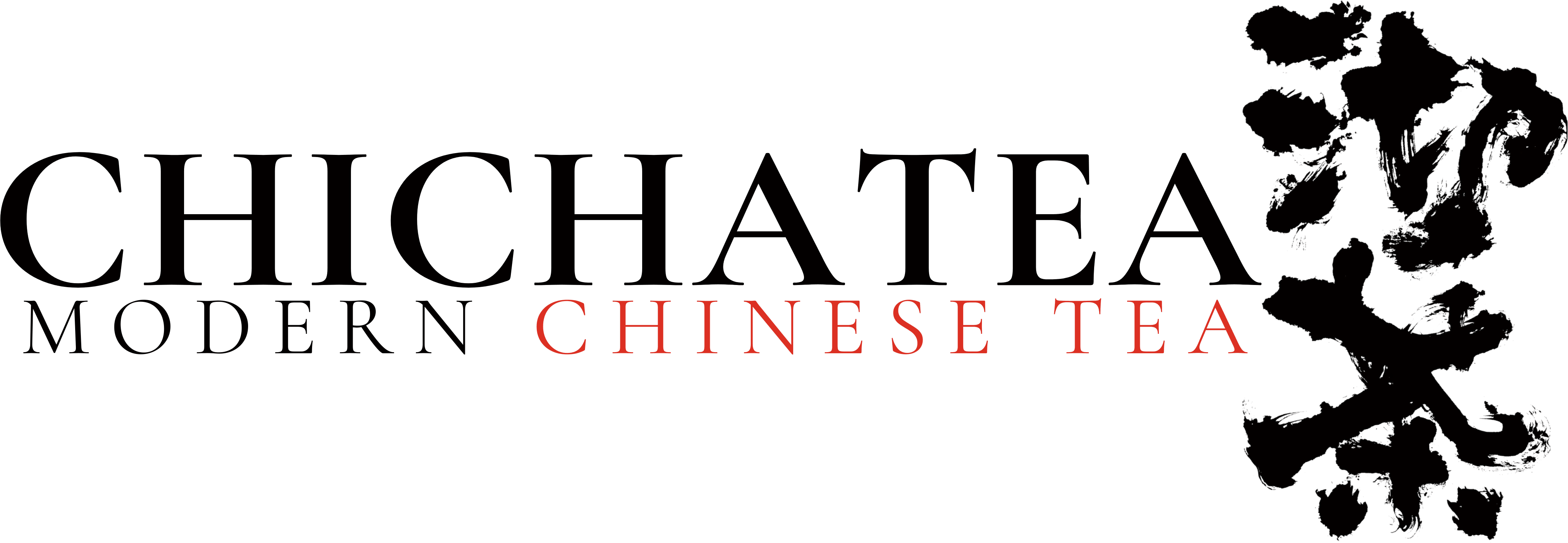Introduction
Herbal tea and scented tea each offer unique flavors, aromas, and wellness benefits. While both are often infused with fragrant flowers or herbs, they differ fundamentally in composition, production, and caffeine content. In this article, we’ll explore what sets these two types of teas apart, delve into their benefits, and look at some well-known varieties in China.
What is Scented Tea?

Definition of Scented Tea
Scented tea, known as “hua cha” (花茶) in Chinese, is a type of tea that absorbs the fragrance of flowers or herbs during processing. Unlike herbal tea, which does not contain traditional tea leaves, scented tea is usually made from a base tea—often green, white, or black—that is layered with fresh flowers to infuse aroma. Commonly used flowers include jasmine, rose, and gardenia, giving the tea a gentle floral note without overpowering the natural flavor of the tea itself.
How Scented Tea is Made – The Importance of Scenting (Yin Zhi) in Jasmine Tea
The process of creating scented tea is known as “窨制” (yin zhi), especially crucial in making jasmine tea. Fresh jasmine flowers are layered with tea leaves in a controlled environment, allowing the tea to absorb the flowers’ fragrance naturally. This scenting process may be repeated several times, intensifying the aroma without the use of artificial additives. Jasmine green tea, for instance, undergoes multiple scenting cycles to achieve a balanced floral essence that complements the green tea’s natural taste.
What is Herbal Tea?

Definition of Herbal Tea
Herbal tea, also known as “tisane,” is an infusion made from herbs, spices, flowers, or other plant materials. Unlike scented tea, herbal tea does not contain traditional tea leaves from the Camellia sinensis plant. Common examples include chamomile, peppermint, and hibiscus teas. Herbal teas are naturally caffeine-free, making them a popular choice for those looking to relax or enjoy a hot drink in the evening without the effects of caffeine.
Other Types of Blended and Specialty Teas

Flavored Teas
Flavored teas are traditional teas (green, black, or oolong) infused with added flavors like fruit extracts, spices, or essential oils. These are not to be confused with scented teas, as the flavors come from additional ingredients rather than the scenting process. Examples include vanilla black tea and citrus green tea.
Blooming Tea
Blooming tea, or flowering tea, is a type of hand-tied tea bundle that blooms into a flower when steeped in hot water. Often made from green or white tea, these teas contain flowers like jasmine, lily, or osmanthus that open up beautifully in the teapot, offering both visual appeal and subtle flavor.
Famous Chinese Scented Teas
Jasmine Green Tea (茉莉花绿茶)

Jasmine green tea is the most popular Chinese scented tea, known for its refreshing aroma and calming properties. Through multiple scenting cycles, jasmine flowers impart their fragrance to the tea, creating a delicate yet aromatic cup perfect for unwinding.
Rose Dianhong Black Tea (玫瑰滇红茶)

Rose Dianhong combines the boldness of Dianhong black tea with the sweet scent of rose petals. This tea offers a perfect blend of floral sweetness and the malty richness of black tea.
Gardenia Green Tea (栀子绿茶)

Gardenia green tea pairs the gentle flavor of green tea with the exotic fragrance of gardenia. This tea is known for its subtle floral notes, ideal for those seeking a delicate and aromatic experience.
Chrysanthemum Pu-erh Tea (菊花普洱茶)

This tea blends the earthy depth of Pu-erh with the light, floral fragrance of chrysanthemum. It is known for its soothing qualities and digestive benefits, making it a popular after-meal choice.
Pomelo Flower Green Tea (柚子花绿茶)

Pomelo Flower Green Tea is a rare and aromatic tea that combines the subtle freshness of green tea with the sweet, citrusy fragrance of pomelo blossoms. The scenting process involves layering fresh pomelo flowers with high-quality green tea leaves, allowing the delicate floral and fruity notes to infuse naturally into the tea. This results in a refreshing and slightly sweet beverage that is perfect for spring and summer enjoyment.
Caffeine Content in Scented Tea
The caffeine content in scented tea varies depending on the base tea used. For example, jasmine green tea has the caffeine level of green tea, which is generally lower than that of black tea. Since scented teas are based on traditional teas, they contain caffeine, unlike herbal teas which are naturally caffeine-free.
Health Benefits of Scented Tea

Antioxidants
Scented teas, like jasmine green tea, inherit antioxidants from the base tea, helping fight free radicals in the body. Antioxidants promote cellular health and may slow signs of aging, supporting overall wellness.
Digestive Aid
Certain scented teas, like chrysanthemum Pu-erh tea, are known for their digestive benefits. The calming properties of the floral elements, combined with the probiotics in Pu-erh tea, make it a soothing choice after meals.
Mood and Relaxation
The fragrance of scented tea, especially jasmine, can help alleviate stress and promote relaxation. Studies suggest that floral aromas may enhance mood and mental clarity, making scented tea a favorite among those seeking a calm, refreshing experience.
A Brief History of Scented Tea
The history of scented tea in China goes back over a thousand years, with records dating to the Song Dynasty. Originally, flowers were added to tea for medicinal purposes, believed to provide both physical and mental health benefits. By the Ming and Qing dynasties, the art of scenting tea had become highly refined, and jasmine tea rose in popularity for its soothing aroma. Today, scented tea remains an important aspect of Chinese tea culture, appreciated for both its sensory qualities and potential health benefits.


